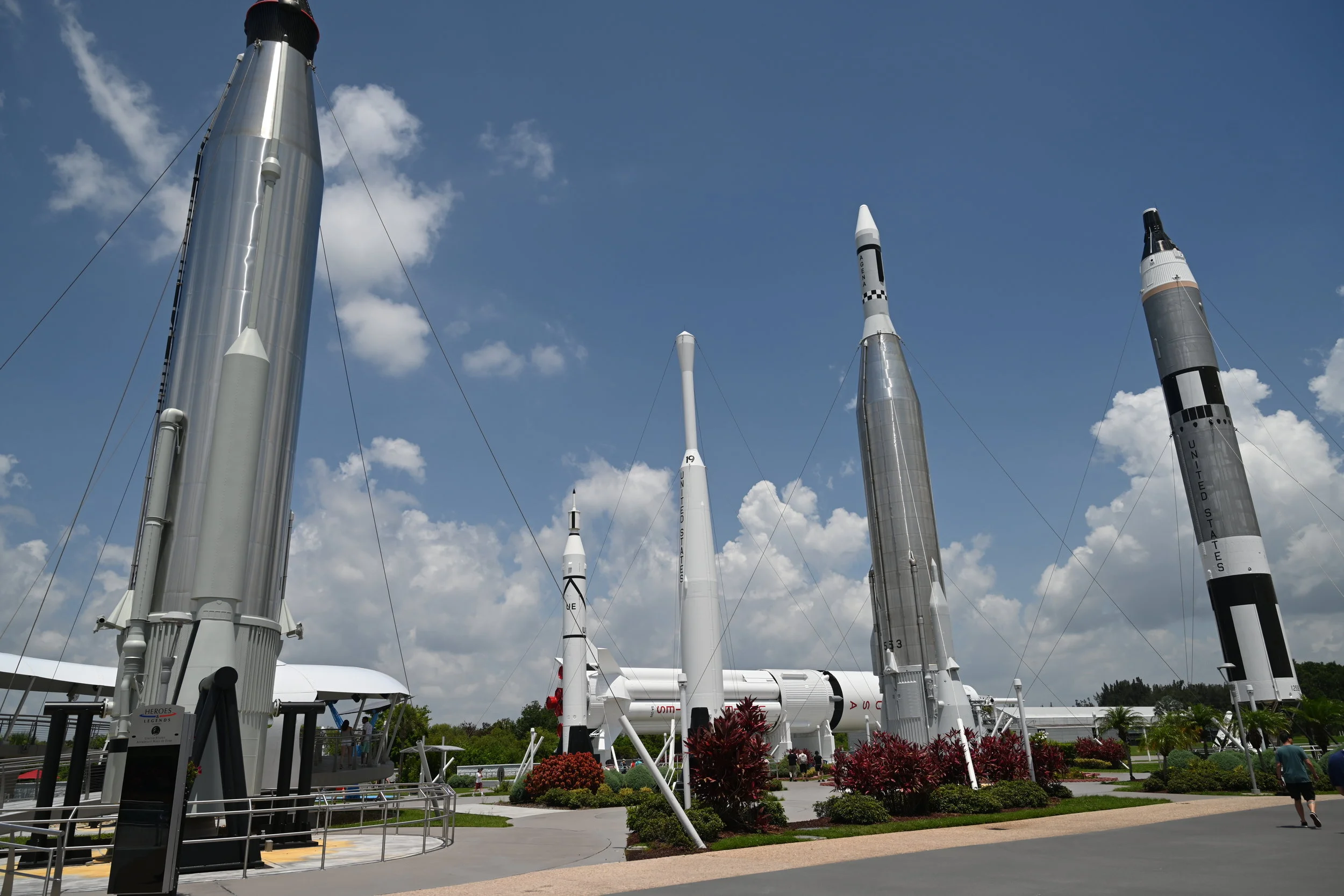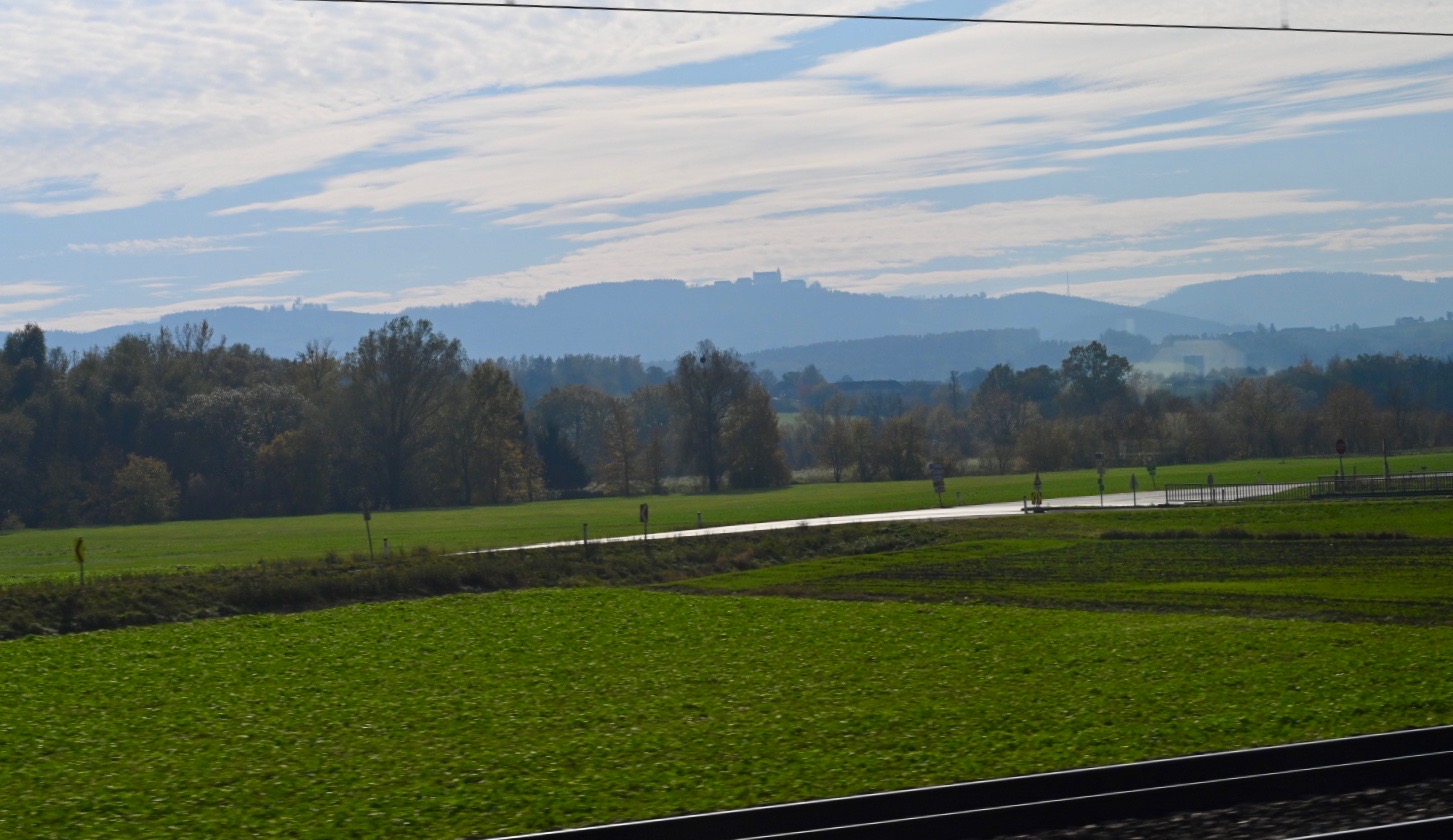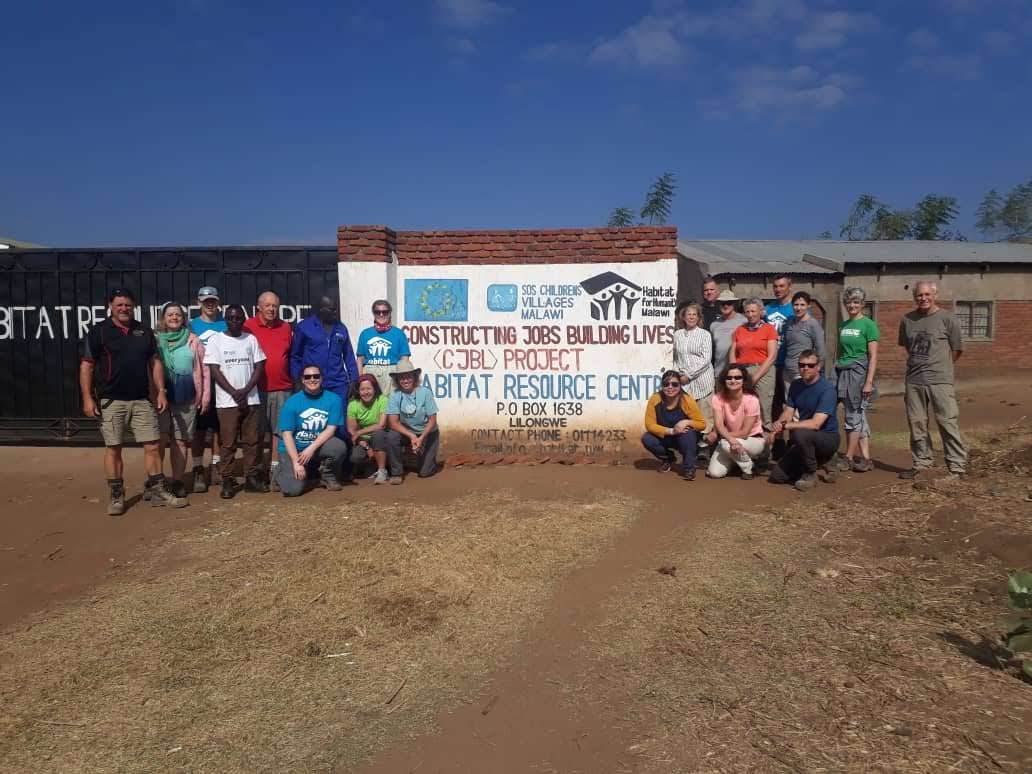Apollo 11 and the Kennedy Space Center

Fifty years ago on July 16, was a day of miracles. Neil Armstrong’s first words spoken from the moon travelled to Earth 238,900 miles away. Only five hours earlier with the computers failing, Buzz Aldrin, by the skin of his teeth, manually piloted the Lunar Module away from a field of boulders safely onto the surface of the moon with barely enough fuel to spare. How narrow? Four percent. But consider this, this day of miracles was the first of many, starting with the explosive ride necessary to beat Earth’s gravity well from the historic pad 39A at Kennedy Space Center.
The video you see here is the Saturn V. This is one of 15 heavy lift rockets built to send Skylab and the Apollo missions into space.
Getting a rocket into space is a tremendous feat of science and engineering. There are so many variables that have to operate perfectly before launch is possible: guidance systems, ground support equipment, weather, software glitches, you name it. It is a complex ballet of people and systems that needs to happen to get a payload safely into space. If everything isn’t working just right, launch will get scrubbed even during the last ten seconds!
Getting a payload into space today is still not easy. But there is a big difference in the 50 years that have passed since Apollo 11. Space was once reserved for nation-states. Today private businesses have the means to send payloads into space. Not just into low-earth orbit but into geosynchronous orbital positions. There are so many companies competing to send payloads into space, the launch cadence is nearly one a week. We haven’t seen that since the Delta 5 days. But unless you live near a launch facility like Vandenberg AFB or Cape Canaveral you won’t feel it.
Every so often the stars align and opportunity presents itself.
Launchpad 39A, where every Apollo mission was launched from is currently being leased by Space X. Lucky me, a confluence of events made it possible for me to be part of the the Falcon Heavy Launch.
The launch you are about to see is significant. This mission designated as Space Test Program - 2 , or STP-2 in shorthand. Think of it as an audition of sorts for SpaceX. SpaceX needs to demonstrate to the Department of Defense and other Commerical customers they can handle a complex launch. It is also the first night-time launch of the Falcon Heavy. The Falcon Heavy is Space X’s current most powerful rocket. Powered by 27 Merlin engines, together they provide 5 million pounds of thrust. That something like eighteen 747 dropped to the ground in an instant.
How complex is this launch? The mission is to deliver 24 satellites into 3 different orbital slots. No sweat right? It is no small feat. If that wasn’t difficult enough, the first stage and side boosters need to successfully land back at Cape Canaveral so they can be reused. Elon Musk calls this his most difficult launch ever.
What’s being delivered? A space clock, alternatives for space propulsion and the Bill Nye the Science guy’s Planetary Society’s Space Sail. Despite the festive nature at the Space Center, the tension is palpable. A lot is riding on this launch.
I am sweating it out on the North Lawn of the Atlantis building at Kennedy Space Center. It’s a balmy 30 degrees out at around 80% humidity. Fortunately NASA has plenty of food and drink for us -all four thousand spectators. We are split between the North Lawn and the Saturn 5 building. While I’m waiting for ignition, I get the opportunity to spend some quality time with the Space Shuttle Atlantis. As interesting as the Saturn V is it is just a rocket. The space shuttle is all about living and experimentation like the International Space Station. It is just fascinating to me.
Btw, I’m not kidding about sweating out on the lawn. The gang and I are in our work clothes. Most of the other spectators and VIPs came prepared with lawn chairs, shorts, blankets and mosquito nets. My long sleeves and pants are keeping me from being eaten alive by the mozzies.
Perhaps my favorite part of the launch is when the side boosters detach. I wish I had better optics on me to capture what I saw, but watch this video, you can get a sense of what I am talking about (at timecode 4:20). It how I imagine an angel from heaven flying through the sky. There is nothing like it. Next time I’ll bring a long lens to capture it. Toward the end of the video listen for the double sonic boom. There will be four. Two for each rocket. If you want to know why, check out this article.
If you do have the opportunity to be in Florida for a night launch, do it! It is a once in a life time opportunity. If I have the opportunity again, you can be sure I’ll be there. Enjoy the video!
As a strategic consultant, I manage chaos for a living. So travel is easy for me. Heh. I travel to understand people and culture more deeply than a newspaper or tv show could ever tell me. I break bread to build bridges across political and social boundaries. Travel inspires me, teaches me and humbles me such that I appreciate my part of the world more deeply.





